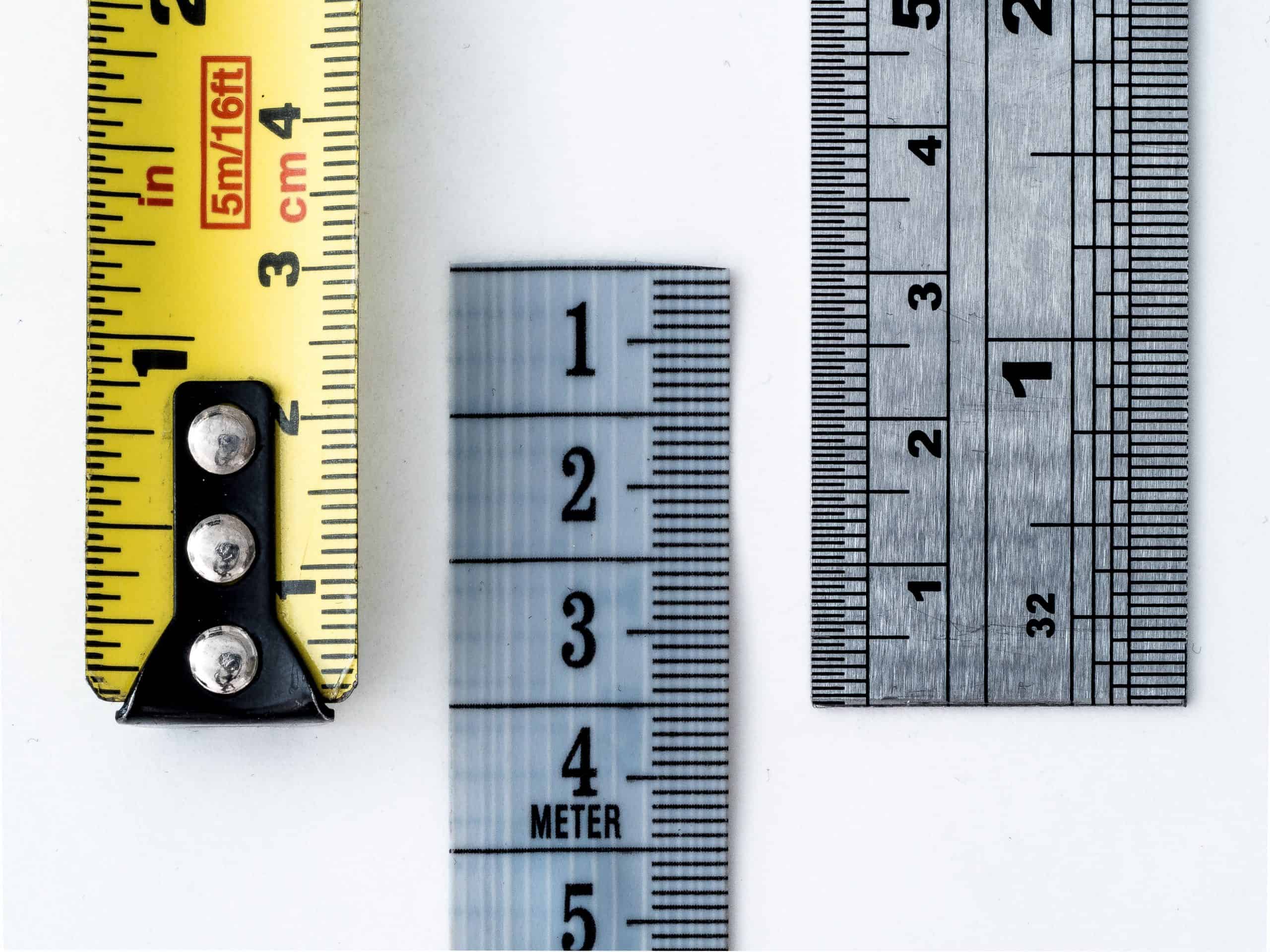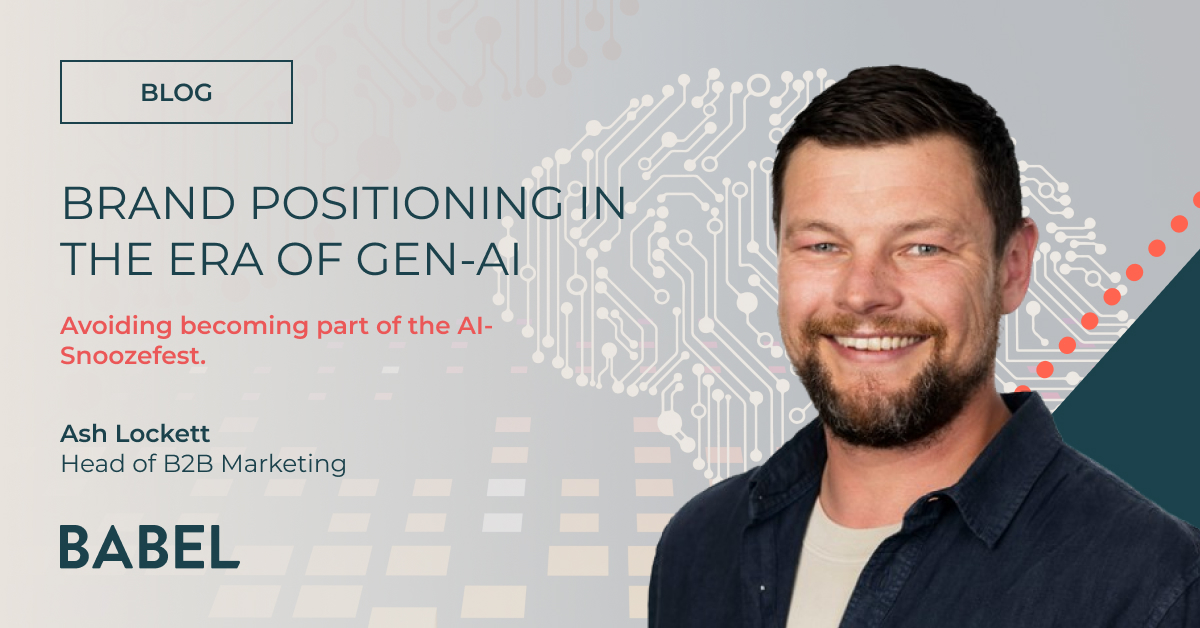
CGI models, ghosts and gorging on data – dissecting PR measurement with the PRCA
You might be a little confused by the headline, scratching your head and wondering what the hell CGI models and ghosts have to do with measuring PR campaigns. All in good time, dear reader. All will be revealed.
On the 3rd December, I was lucky enough to attend the PRCA’s Measurement Conference, hosted by H&K Strategies and sponsored by AMEC and Delineate. Going into the half-day proceedings, I was admittedly a bit skeptical. Agencies and clients have differing perspectives on what can and can’t (and what should) be measured, putting pressure on PR professionals to continually prove their worth in an industry that’s often seen as a bit of a dark art. However, as I turned up to H&K towers on that cold December morning, I was willing and open to be educated on new perspectives, tools and opinions on insights, evaluation and measurement. And I certainly wasn’t disappointed.
Perception versus reality
First up to reset perspectives and tee up discussions for the rest of the morning was Johna Burke, Global Managing Director of AMEC. In a rather refreshing opening keynote that departed from the usual text-heavy slides, the audience was treated to a veritable feast of humorous videos and anecdotes portraying one crucial factor all agencies and clients need to consider when trying to measure the impact and reach of a PR campaign – perception versus reality.
Will CGI models like Lil Miquela and Blawko start taking jobs from real models and Instagram influencers? (See, I told you I’d explain) Do client and agency perspectives and realities align? Or are agencies fooling themselves with ‘dumb objectives’ that clients will quickly see right through? Should we throw away vanity metrics (affectionately termed ‘ghost metrics’ by Johna) like downloads and raw page views that can easily be manipulated?
Johna’s mantra of the day was setting ‘SMARTER’ goals (the latter ‘ER’ stands for ethical and revolutionising) and sketching out goal setting from the get-go so that the execution of a campaign, and more importantly its outcomes, can be effectively measured. Ultimately, in Johna’s words, we should be encouraged by data, we should be skeptical of data, and we should be empowered by data. And there are tools out there – the AMEC Measurement Maturity Mapper for one – that can help organisations get started on their measurement journey.
Fast forward to 2029
Data seemed to be the flavour of the morning, as it cropped up again in the panel session that followed Johna’s keynote. With the aim of shedding light on what the next decade will look like for measurement in PR, Babel’s very own MD Jenny Mowat; Daniel Stauber, Marketing Science Expert from Facebook and Senior VP EMEA Operations; and UK Managing Director of Lewis, Giles Peddy, took to the stage to discuss.
“Measurement has never been in a better place than it is today. More and more client conversations we’re having focus on delivering and measuring impact from our PR work,” commented Andy West, Chief Group Development Officer at Hotwire, and the expert moderator of the panel. However, the general consensus from all panelists was that PR needs to get better at measurement; the industry needs more strategists, it needs more data scientists, and it needs to embrace technology in order to glean data that can help PRs prove their worth to clients. We’ve admittedly come a long way in the last 10 years, with clients now taking measurement a bit more seriously. However, PRs need to embrace a new mindset, analyse the right data rather than gorge on insights for the sake of it, and challenge themselves when it comes to digital tools and their role within building impactful communications campaigns.
A heated debate on the value of PR
Rounding up a very jam-packed morning of thought-provoking sessions was a rather lively and passionate conversation about the value of PR and how this can be proved in the wider marketing mix. This time, the panel was moderated by Delineate, with representatives from H+K Strategies, Golin and Direct Line Group taking a pew to discuss an age-old question.
Conversation turned to the different roles that marketing and PR functions have, and how it’s increasingly difficult for the latter to derive value or attribution for specific campaign work when there’s wider communications activity going on. Simon Henrick, Head of News and Issues at Direct Line Group explained the role of PR very nicely in that, comparative to marketing, PR activity is more about ‘informed discussion’ and plays the role of the ‘conscience of the consumer.’
The panelists were then asked whether PR does a good job of measuring the impact of a story. The resounding answer was ‘not yet’, with the justification being that too many agencies try to retrofit current measurement frameworks across any and all PR campaigns, whereas the focus point at the start of any campaign should be the objective in question, with bespoke KPIs then built around that objective.
Looking to the future
The conference provided so much food for thought that I was bursting at the metaphorical seams. But my three most important takeaways from the event are:
- We need to be encouraging clients to think more about measurement. Current metrics (coverage clippings, reach etc.) are simple and easy to measure, but are we doing ourselves any favours by stopping there? As pointed out by one of the panelists at the conference, we shouldn’t just be measuring the easy stuff. Goal setting and measurement are fundamental to communications and PR, so we need to be taking the time to have those conversations with clients up front about objectives and more impactful ways of measuring the value of PR
- Don’t fear failure, but know why you failed, for course correction. The charts don’t always have to go up, as Johna Burke commented. But experimenting and creating an environment where it’s safe to fail and learn encourages both fruitful and collaborative relationships with clients and more purposeful PR
- Measurement does cost money. As Babel MD Jenny Mowat pointed out in her panel session, it’s all well and good using tools and techniques to more effectively measure campaigns, but this does come with additional costs and resources. Justifying spend on measurement can often be a difficult ask, but if we’re having realistic conversations on metrics and objectives up front, then it’s not such a leap to make when broaching with a client





